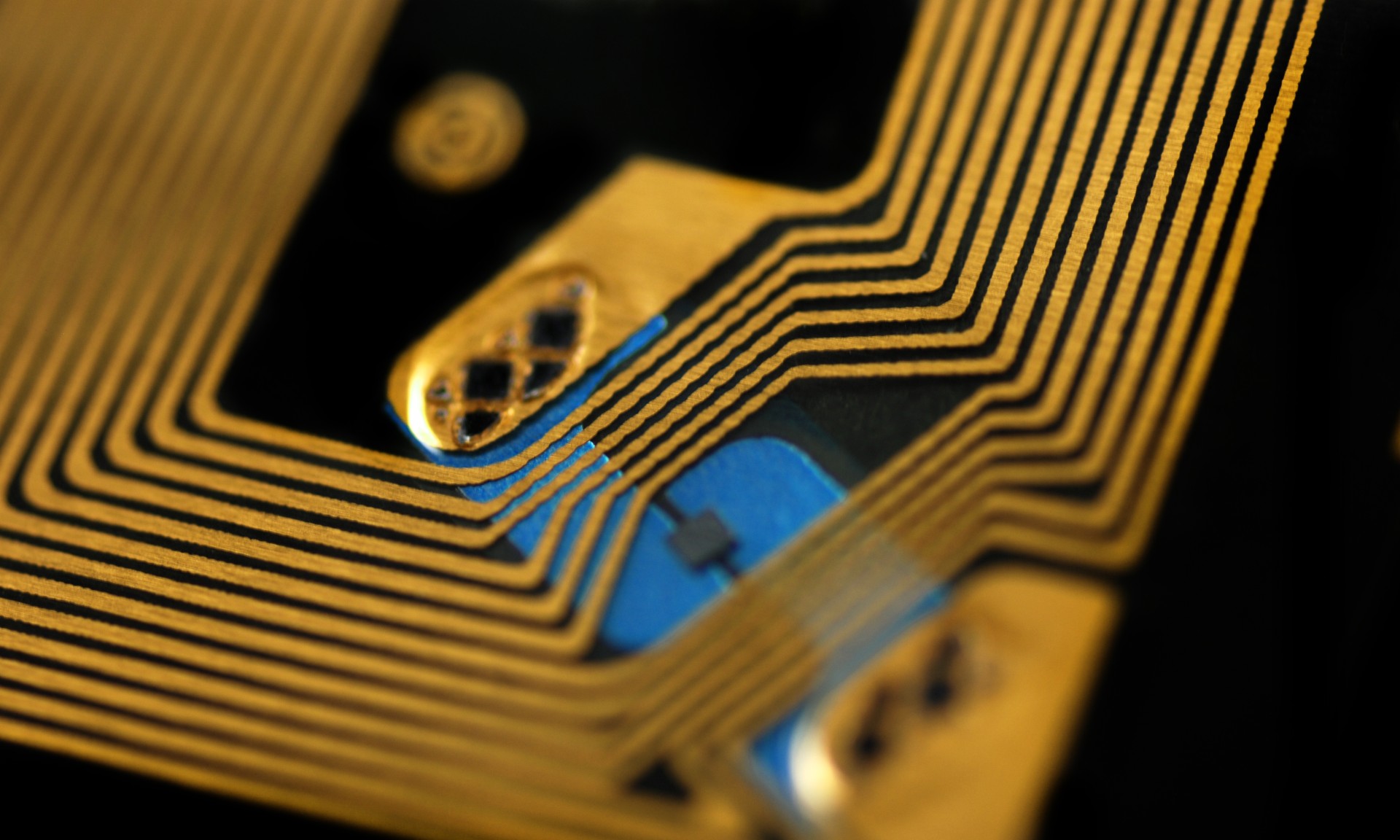How application specific integrated circuits (ASICs) can transform security trackers
Radio frequency identification (RFID) is a technology commonly used to keep track of goods of all shapes and sizes, but it isn’t without its limitations. Here, Richard Mount, Director of Sales at ASIC design and supply company Swindon Silicon Systems, explains the technology behind RFID and how ASIC integration can elevate it to the next level.
Security is a big issue for all of us. To help deter crime, tracking systems are commonly implemented into valuables such as goods and vehicles to ensure their whereabouts are known and traceable. But these technologies have their limitations. So what are they, and how can we overcome them?
Radio waves
RFID technology, which relies on radio waves to operate, is already commonplace in sectors like retail. RFID tags are comprised of an antenna, an IC chip to digitise the signal, and a paper or plastic substrate. Rather than using barcode stickers, which can be easily damaged and made unreadable, these tags provide a more robust way of identifying objects, without them needing to be within the line of sight.
The radio frequencies at which an RFID tag will operate are dictated by its application. Low frequency tags offer a range of just a few centimetres, ideal for key cards for door access.
High frequency tags operate in the metre range, making them suitable for tracking much larger objects. This can include bulky inventory and goods within a facility, but can be helpful outside buildings too. For premises that have external gates, mounting RFID tags onto vehicles can help to ensure that only authorised vehicles can enter, reducing the need for additional personnel to be on the gate at all times.
There are two main types of RFID tag: active and passive. Passive tags have no internal power source, and instead rely on the scanner to transmit radio waves of just enough energy to activate the chip. This gives them a longer operational lifetime as they aren’t as reliant on a battery, but their low power means they have a much more limited signal range.
There are applications where such a short range isn’t practical, such as vehicles that need access to restricted sites. In these cases, active RFID tags are used. These are battery-operated, which increases their signal range up to around 100 metres.
However, this battery requirement can then be an issue itself, particularly when the internal circuits consume a lot of power. It’s often not viable in these systems to replace the batteries, and so when they reach the end of their lifetime, the tag is usually replaced entirely. But short-lived batteries aren’t cost-effective or sustainable in the long run — so what’s the solution?
The answer is ASICs
The answer lies in Application Specific Integrated Circuits (ASICs). An ASIC is a custom chip designed exactly to a customer’s specification, in order to offer an enhanced and optimised performance. ASIC design focuses on achieving this performance within a smaller footprint, and reduced power consumption. This custom design approach enables investments in areas where it truly counts for each application.
In the case of battery-powered systems such as active RFID, opting for an ASIC can have huge benefits. By removing additional and unneeded functionalities, the power consumption of an ASIC can be designed to be much lower than a standard chip. This can be achieved by optimising performance characteristics and also employing sophisticated power saving techniques.
Such techniques can include putting parts of the ASIC into a dormant state when not required, to conserve power. When the sensor is triggered, it can power up the rest of the circuit, and later put it back to sleep. This functionality extends the battery life greatly, which is key in enabling RFID tags to operate over a lifetime of several years.
And opting for an ASIC over a standard IC chip means that any additional, unrequired functionalities can be removed, thus optimising the performance even further. This optimisation provides the system designer with a leaner solution in terms of required performance and power consumption, with the objective of differentiating the product from the competition.
Sensing technology is already commonplace in many of our security devices, but there’s still room for improvement. Implementing an ASIC can help to ensure the accuracy and reliability of safety systems, protecting homes and businesses well into the future.
To learn more about Swindon Silicon and its custom IC solutions, visit https://www.swindonsilicon.com/news/



